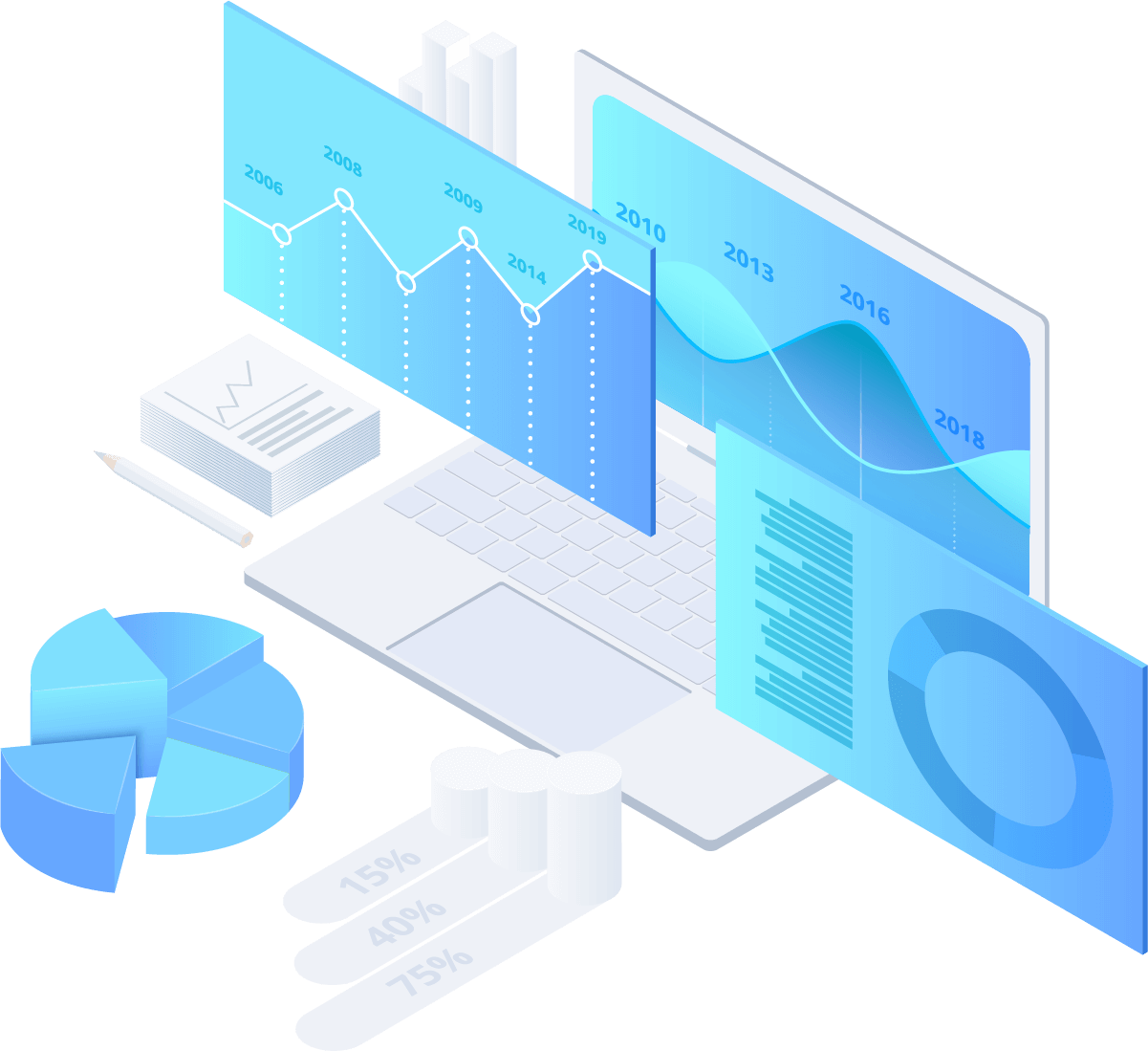Omnichannel Analytics
Omnichannel analytics is a process of collecting, analyzing, and leveraging data from multiple channels and touchpoints to gain insights into customer behavior, preferences, and interactions with a business or organization. The term “omnichannel” refers to the seamless integration of various channels through which customers engage with a brand, such as physical stores, websites, mobile apps, social media, email, call centers, and more.
Here are some key aspects of omnichannel analytics:
- Data Integration: Omnichannel analytics involves aggregating data from various sources, including online and offline channels, customer databases, CRM systems, point-of-sale (POS) systems, and more. This data is often stored in a centralized repository for analysis.
- Customer Journey Analysis: Businesses use omnichannel analytics to track and understand the entire customer journey. This includes identifying touchpoints, channels, and interactions that customers have with the brand, both online and offline. It helps in visualizing the customer’s path to purchase or engagement.
- Customer Segmentation: Analytics tools are used to segment customers based on various attributes and behaviors, such as purchase history, demographics, location, and online behavior. These segments help in tailoring marketing campaigns and offers to specific customer groups.
- Performance Measurement: Omnichannel analytics allows businesses to measure the performance of different channels and touchpoints. Key performance indicators (KPIs) like conversion rates, customer acquisition costs, customer lifetime value, and customer retention rates are tracked to assess the effectiveness of each channel.
- Personalization: With insights from omnichannel analytics, businesses can personalize customer experiences. This involves delivering targeted content, product recommendations, and promotions to individual customers based on their preferences and past interactions.
- Real-time Insights: Some omnichannel analytics solutions provide real-time data and insights, allowing businesses to respond quickly to changing customer behavior and market trends.
- Predictive Analytics: Advanced analytics techniques, including machine learning and predictive modeling, are often used to forecast customer behavior and trends. This can help in making proactive decisions and optimizing marketing strategies.
- Optimization: Omnichannel analytics helps businesses optimize their marketing spend and resource allocation by identifying which channels and campaigns provide the best return on investment (ROI).
- Customer Experience Improvement: By analyzing customer feedback and sentiment data, businesses can identify pain points in the customer journey and make improvements to enhance the overall customer experience.
In summary, omnichannel analytics is a vital tool for businesses looking to gain a comprehensive view of their customers, improve marketing strategies, enhance customer experiences, and stay competitive in today’s multi-channel and digitally connected world. It enables data-driven decision-making and helps businesses adapt to changing customer preferences and behaviors across various touchpoints.



